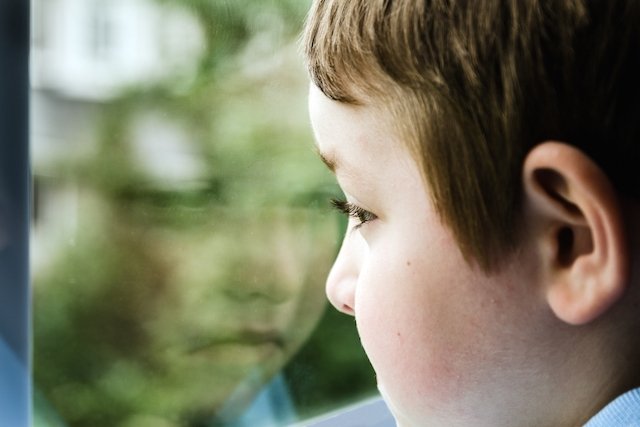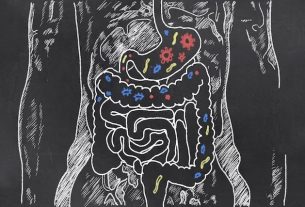Mild autism, also called grade 1 autism spectrum disorder, is characterized by symptoms such as avoiding group activities, difficulty relating to other people, understanding jokes and irony, initiating conversations, understanding and/or using body language.
Although mild autism is not a correct medical diagnosis, it is a very popular expression, used to describe a person with mild features of autism who can do almost all daily tasks independently.
As the symptoms are mild, it is common for this degree of autism to only be identified later in childhood, when the child begins to have greater interaction with other people and perform more complex tasks. Find out more about autism.

Main symptoms
The main symptoms of mild autism are:
1. Communication problems
One of the signs that may indicate that a child has autism is having problems communicating with other people, such as not being able to speak correctly, misusing words or not knowing how to express themselves using words.
2. Difficulties in socialization
Another very characteristic sign of autism is the existence of difficulties socializing with other people, such as difficulty making friends, starting or maintaining a conversation or even looking other people in the eyes.
3. Behavior changes
Children with autism often have behavioral changes that would be expected from a child without autism, such as having a repetitive pattern of movements and fixation on objects. In general, some of the characteristics of autism that can help with its diagnosis are:
- Affected interpersonal relationships;
- Inappropriate laughter;
- Do not look into the eyes;
- Emotional coldness;
- Few displays of pain;
- Always like to play with the same toy or object;
- Difficulty focusing on a simple task and completing it;
- Preference for being alone rather than playing with other children;
- Apparently not being afraid of dangerous situations;
- Repeating words or phrases in inappropriate places;
- Not responding when called by name as if he were deaf;
- Tantrums;
- Difficulty expressing your feelings with speech or gestures.
Furthermore, although mild autistic people may also be bothered by changes in their routine, preferring to avoid changes, they normally do not have changes in their level of intelligence.
Autism Test
To find out how likely a child is on the autism spectrum, some screening tests can be used:
This test should not be used as a diagnosis, therefore, it is recommended that in any case of suspicion, you consult a pediatrician or a neuropediatrician, in order to be correctly evaluated.
How to confirm the diagnosis
The only way to confirm the diagnosis of autism is to consult a pediatrician or neuropediatrician, so that they can evaluate the child’s behavior, as well as reports from parents and acquaintances.
Taking care of your health has never been easier!
A diagnosis of autism can take several months to confirm after parents or caregivers identify the first signs. For this reason, several experts indicate that, if there is suspicion, early interventions should be initiated for the affected area of behavior (for example, language), as early intervention is fundamental for the child’s development and future well-being.
How should the treatment be
Treatment for “mild autism” can be done through speech therapy and psychotherapy, for example, which will help the child to develop and interact better with others.
In cases where there are few symptoms and when treatment is carried out according to the doctor’s guidance, people with mild autism can gain independence to carry out most daily activities over time.
Is grade 1 (mild) autism curable?
“Mild autism” has no cure. However, with adequate stimulation through therapies such as speech therapy and psychotherapy, a person with “mild autism” can reach high levels of development. Learn more about treatment for autism.
Bibliography
- American Psychiatric Association. Diagnostic and Statistical Manual of Mental Disorders: DSM-5. 5.ed. American Psychiatric Association, 2013.
- GIAMBATTISTA, Concetta et al. Subtyping the Autism Spectrum Disorder: Comparison of Children with High Functioning Autism and Asperger Syndrome. J Autism Dev Disord. Vol.49, n.1. 138–150, 2019

Sign up for our newsletter and stay up to date with exclusive news
that can transform your routine!
Warning: Undefined array key "title" in /home/storelat/public_html/wp-content/plugins/link-whisper-premium/templates/frontend/related-posts.php on line 12
Warning: Undefined array key "title_tag" in /home/storelat/public_html/wp-content/plugins/link-whisper-premium/templates/frontend/related-posts.php on line 13




